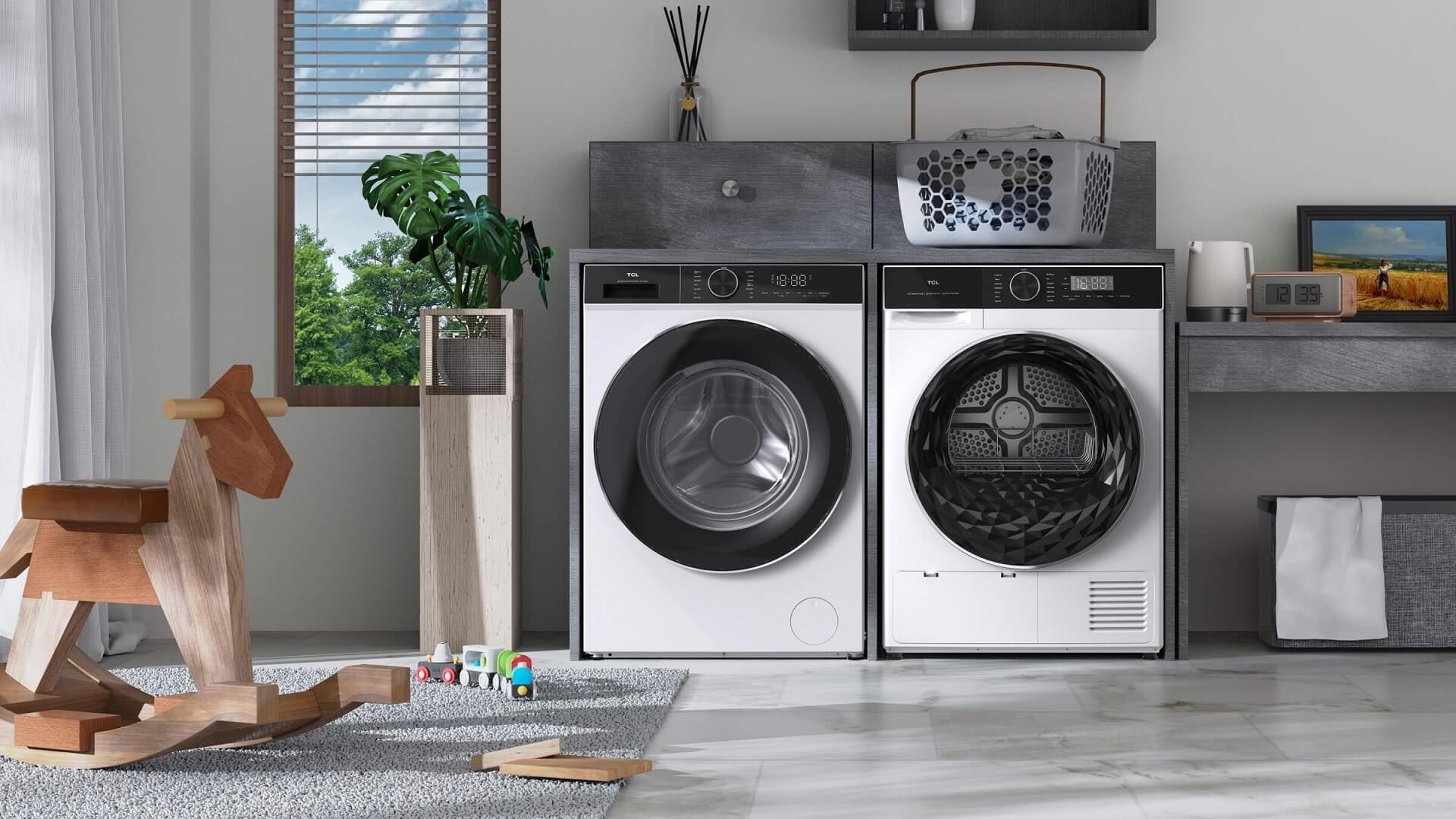t8b
c755
c655
c745
c855
65t8b
c655 pro
75c655
Introduction
Proper refrigerant levels are crucial for efficient and cost-effective home cooling. In this blog, we'll discuss the importance of maintaining the right refrigerant levels, how to identify low levels, and ways to address and maintain them for optimal system performance.
Importance of Proper Refrigerant Levels
Proper refrigerant levels are important for a number of reasons. First, if your air conditioner isn't operating at peak efficiency, then it won't be able to cool your home as efficiently as possible. This means that you may be paying more than necessary on your utility bills and could even damage the unit over time by pushing it too hard without proper care.
Second, improper refrigerant levels can lead to costly repairs down the road if not caught early enough--or worse yet, cause irreparable damage that would require replacing parts or even an entire system altogether (which would cost thousands).
Finally and most importantly: improper refrigerant levels can have serious environmental impacts! Improperly maintained air conditioners release greenhouse gases into the atmosphere which contribute significantly towards global warming; so make sure yours is properly maintained!
Also read: How Does Air Conditioning Work? The Science Behind AC
Types of Refrigerants
There are three main types of refrigerants:
- R-22 (Freon) - Commonly used in older systems, Freon is being phased out due to its harmful effects on the ozone layer.
- R410A (Puron) - Developed as an eco-friendly alternative to R22, Puron has a lower global warming potential. However, it still contains some HFCs that can negatively impact climate change if not properly handled.
- R32 - The most environmentally friendly option, R32 has a significantly lower global warming potential compared to R-22 and R-410A. It is highly efficient, reducing energy bills and consumption, making it the preferred choice for many air conditioning systems.
Discover the GentleCool Series by TCL AC – Intelligent Comfort, Whisper-Soft Breeze, and Pure, Refreshing Air at Your Command
Identifying Signs of Low Refrigerant Levels
If you notice any of the following, it's time to check your air conditioner's refrigerant level:
- Warm air blowing from vents - If you notice that the air coming from your vents isn't as cool as it used to be, it could be an indication that your refrigerant levels are low.
- Ice buildup on the evaporator coil or refrigerant lines - Low refrigerant levels can cause ice to form on the evaporator coil or refrigerant lines, which can eventually lead to system failure if not addressed promptly.
- Hissing or bubbling noises from the air conditioner - Unusual sounds coming from your air conditioning system could be a sign of low refrigerant levels. If you hear hissing or bubbling noises, it's time to check your refrigerant levels.
If you're not sure whether your unit needs a refill or if you notice any of these signs, it's best to call an HVAC technician. They can diagnose the issue and determine if low refrigerant levels are the cause of the problem.
Also read: 7 Tips To Use Air Conditioning Efficiently and lower you energy bills
Tools Needed for Checking Refrigerant Levels
The tools you'll need for this project are:
- HVAC manifold gauge set
- Thermometer (optional)
- Protective gloves and eyewear
If you want to be extra careful, a leak detector can be helpful as well.
Steps to Check Refrigerant Levels
To check your air conditioner's refrigerant levels, follow these steps:
- Turn off the air conditioner and locate the service valves.
- Attach the manifold gauge set to the service valves.
- Turn on the air conditioner and observe the pressure readings, which should be between 30-40 PSI for most systems (though some may require higher or lower pressures).
- Calculate the required refrigerant levels based on temperature and pressure:
- For every 1 degree F increase in temperature above 68 F (20 C), add 2 oz (60 g) of R22 refrigerant per ton of cooling capacity.
- For every 1 PSI drop below 30 PSI at maximum load conditions with no outside air entering through louvers/grilles/open windows etc., add 1 oz (30 g) R22 refrigerant per ton of cooling capacity
Introducing the TCL air conditioner FreshIN Series – Breathe Easy with Advanced Purification, Perfect Climate Balance, and Seamless Smart Control!
Maintaining Proper Refrigerant Levels
The best way to ensure your air conditioner is working as efficiently as possible is by maintaining proper refrigerant levels. This can be done through regularly scheduled maintenance, monitoring air conditioner performance, and addressing any issues promptly. Here are some tips to help you maintain proper refrigerant levels:
- Schedule regular maintenance: Have a professional HVAC technician inspect and service your air conditioning system at least once a year. This will help identify any potential issues, such as refrigerant leaks before they become major problems. Regular maintenance also ensures that your system is running efficiently and that the refrigerant levels are appropriate.
- Keep an eye on performance: Monitor your air conditioner's performance by paying attention to the temperature of the air coming out of the vents, how often the unit cycles on and off, and any unusual noises. If you notice any changes in performance or other warning signs, call an HVAC technician to inspect the system.
- Seal any leaks: If your system is low on refrigerant, there may be a leak that needs to be repaired. An HVAC technician can locate and repair any leaks to ensure your system is operating at peak efficiency.
- Use the correct refrigerant: It's essential to use the right type of refrigerant for your air conditioning system. Using the wrong type or mixing different types can lead to decreased efficiency, damage to the system, and potential environmental harm. Always consult your system's manufacturer or an HVAC professional for guidance on the appropriate refrigerant.
- Dispose of refrigerants properly: When replacing or disposing of refrigerants, it's crucial to follow proper disposal guidelines to prevent harm to the environment. Consult local regulations and work with an HVAC professional to ensure refrigerants are handled and disposed of responsibly.
Conclusion
Maintaining proper refrigerant levels in your air conditioning system is essential for optimal performance, energy efficiency, and minimizing negative environmental impacts. By understanding the different types of refrigerants, recognizing the signs of low refrigerant levels, and addressing any issues promptly, you can ensure your air conditioner operates at peak efficiency while reducing your energy bills and protecting the environment.
Connect with us on Facebook, Instagram, Twitter & YouTube for the latest updates on our TCL products and events.

QLED vs. UHD: Which TV Technology is Best?
2025-04-09

What AC Type is Used in Offices?
2024-12-19

How to Connect Universal Remote to TV?
2024-09-27

YouTube on TV Not Working, How to Fix?
2024-09-20

How to Watch Apple TV on Smart TV
2024-09-20

Discover the Best Washing Machines for 2024
2024-09-12

How to Measure a TV Screen for Perfect Fit?
2024-08-16

How to Clean Air Conditioner Drain Line?
2024-08-01

What is a backlight in an LED TV?
2024-06-18

How To Remove Lint From Clothes Washing Tips
2024-05-24

How Does The Refrigeration Cycle Work?
2024-05-10

How Does VPN Work On Smart TV
2024-05-10

How to Watch Free Live TV on Android TV
2024-05-06

How to Reset Your Air Conditioning Unit
2024-04-25

How to Open A Locked Washing Machine Door
2024-04-10

How To Get Disney Plus On TV: A Easy Guide
2024-04-10

Set Up Your OK Google Device On Your TV
2024-04-08

How To Adjust Your TV Picture to Fit Screen
2024-04-03

How To Convert Your LED TV To A Smart TV
2024-03-01

Tablet Vs Laptop – Which Should You Buy?
2023-11-24

How To Play Games On Smart TV
2023-11-16

How To Level A Washing Machine in Easy Steps
2023-11-11

How To Dispose Of An Old Refrigerator Safely
2023-10-29

How to Mount a TV on the Wall in Easy Steps
2023-10-14

Why Is My AC Not Blowing Cold Air? Easy Fix
2023-09-29

How To Wash Shoes In The Washing Machine
2023-09-28

How To Clean Your TV Screen In 6 Easy Steps
2023-09-26

3 Easy Methods on How To Reset your Tablet
2023-09-14

Dolby Digital Vs DTS: What's The Difference
2023-08-26

Washing Machine Capacity And Load Size Guide
2023-07-26

Ac Leaking Water? Here's How You Can Fix It!
2023-07-22

How To Take Care of a Cracked Phone Screen
2023-07-18

Who Invented Television: History of TV
2023-06-28

10 Smart Tips For More Organized Fridge
2023-06-16

Top 5 Best Browsers for Android TV
2023-05-20

How to Recover Deleted Photos on Android
2023-05-18

What Are the Big Changes for TCL TV in 2022?
2022-09-08

How TCL Smart TVs Enhance Your Life?
2022-08-10

Connection Guide For Your TCL SmartV TV
2021-03-17

Buying a TV? Which TV Should You Buy?
2021-03-17

Which Size TCL TV Is Best for You? | TCL UAE
2021-03-17

QLED v.s. OLED: Which one is better?
2021-03-17
Copyright © 2025 TCL. All Rights Reserved.
This site uses cookies to analyse site traffic, improve your experience and personalize ads or other contents. By clicking Accept or continuing to browse the site, you are agree to our use of cookies. See our Cookies Policy here.Learn more
























































































.jpg?t=1702449223212&w=592)







































































































